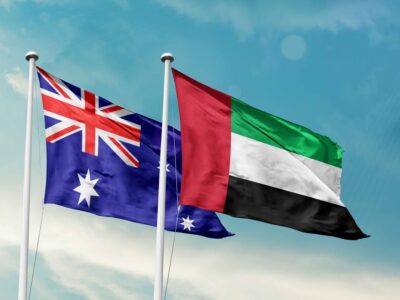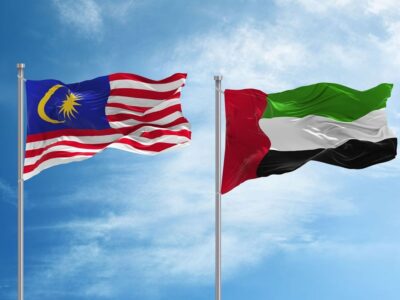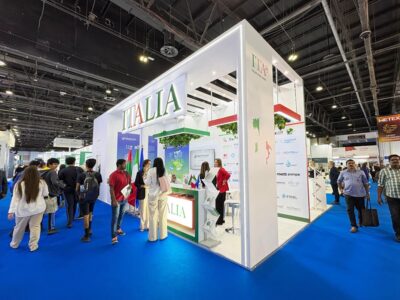Urban populations in the Middle East are projected to surge by 30 per cent from 2020 to 2030, pushing up unprecedented demand for housing, infrastructure, and inclusive development, a new report said.
The surging demand calls for community-driven strategies to offer a more adaptive and inclusive approach, as traditional infrastructure models alone cannot meet the scale of this demand, said the report by Arthur D. Little, an international management consulting firm.
The new viewpoint from Arthur D. Little also identified a $150 billion economic opportunity rooted in community-integrated development, presenting a model where economic progress is driven by local engagement, youth participation, and cultural alignment.
Unlike conventional top-down approaches, this model emphasizes a bottom-up strategy, unlocking higher economic value while embedding sustainability and resilience into urban transformation, the management consultancy said.
“We’re witnessing a paradigm shift. This isn’t about building cities – it’s about creating living, breathing economic ecosystems that grow from within local communities,” said Rajesh Duneja, lead researcher at Arthur D. Little.
The consultancy cited Saudi Arabia’s ongoing effort to build 500,000 new housing units as a prime example of this approach.
“By embedding workforce development, SME support, and local engagement within its framework, the project ensures that each unit represents more than just shelter – it becomes a catalyst for opportunity, education, and long-term economic contribution,” it said.
Arthur D. Little’s new viewpoint also offered perspectives on how these initiatives could support a 4 per cent GDP growth trajectory for the region, reinforcing its economic resilience in the face of global challenges.
“By embedding local ecosystems and socio-economic inclusion into development, countries can strengthen their capacity to weather economic shocks,” it said.
The new viewpoint also revealed a transformative approach to urban development that could redefine economic trajectories across the Gulf region.
“This is not just urban development,” said Maurice Salem, Principal at Arthur D. Little Middle East.
“It’s the emergence of a new economic blueprint that places human potential at its core,” he said.
The report said the region’s demographic profile further strengthens the case for a community-driven approach.
“With only 3 per cent of the population in Saudi Arabia over the age of 65, the Middle East has an unparalleled opportunity to leverage its young, dynamic workforce.
“By incorporating pathways for youth engagement and cultural alignment, the Viewpoint highlights a clear opportunity to drive long-term economic growth,” the consultancy said.






